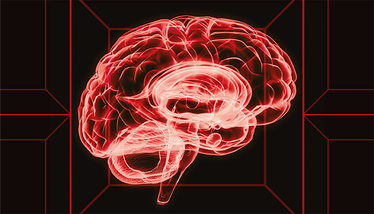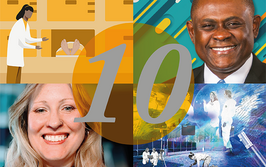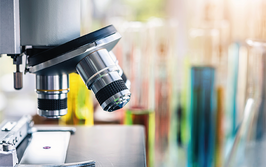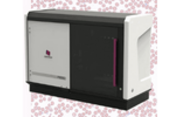Whole-brain RNA Imaging
How a new technique enhances spatial imaging at cellular resolution
Helen Bristow | | News

Researchers at Karolinska Institutet and Karolinska University Hospital, Sweden, have developed a microscopy method for whole-brain RNA imaging. “Tris buffer-mediated retention of in situ hybridization chain reaction signal in cleared organs” – TRISCO, for short – has been developed to map RNA transcripts in 3D with single-cell resolution. The technique, shared in Science, overcomes long-standing challenges in RNA imaging within large tissue volumes, enabling more detailed exploration of gene expression patterns across intact brains.
TRISCO combines an enzyme-free hybridization chain reaction (isHCR) with advanced tissue-clearing techniques. The process retains RNA integrity, ensures uniform labeling, and achieves high tissue transparency. Researchers demonstrated TRISCO’s capabilities by imaging entire mouse brains, detecting transcripts for key genes like Gad1 (linked to neurotransmitter synthesis) and Pvalb (associated with neuronal function). The method revealed distinct gene expression patterns in structures like the neocortex and hippocampus, emphasizing TRISCO’s resolution and accuracy.
The authors also highlighted TRISCO’s scalability, successfully applying it to larger brains, such as those of rats and guinea pigs, and even human fetal brain tissue. Beyond the brain, TRISCO was effective in imaging other organs, including the heart, kidney, and spinal cord, showcasing its versatility.
The method could be applied in drug testing, disease research, and the study of complex neural circuits. With specific applications including the mapping genes like c-Fos, which are activated in response to stimuli. (After pharmacological treatments, TRISCO visualized specific neuronal activation patterns, correlating these findings with protein expression for validation).
According to the authors, future improvements in multiplexing and signal amplification could further expand TRISCO’s utility, establishing it as a key technique in spatial transcriptomics.
Combining my dual backgrounds in science and communications to bring you compelling content in your speciality.




















